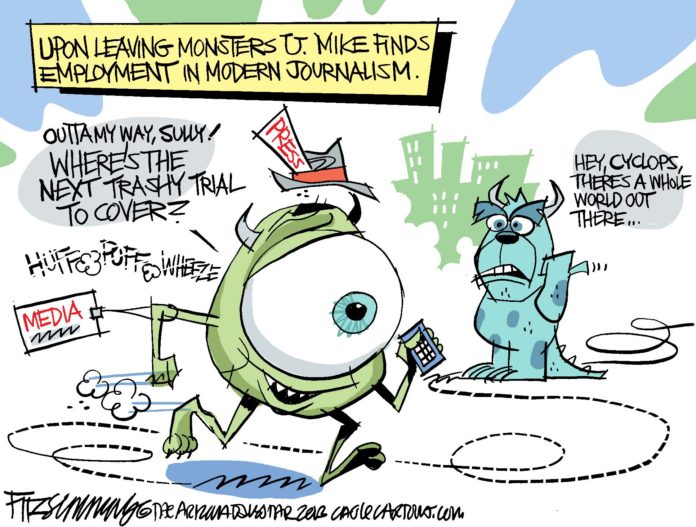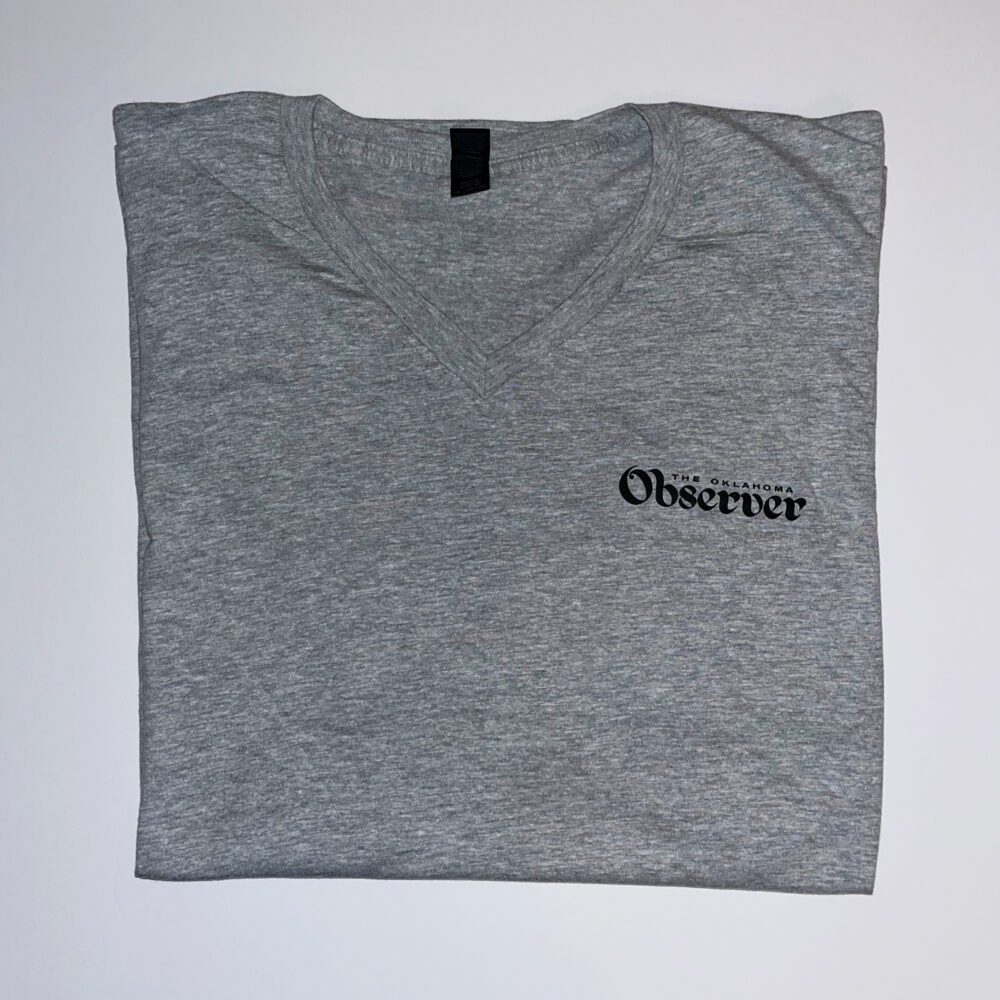BY RALPH NADER
 The New York Times reports, reviews and evaluates a wide range of human, corporate and governmental behavior under its motto “All the News That’s Fit to Print.” Here’s one brief review by a long-time reader of the mammoth Sunday New York Times.
The New York Times reports, reviews and evaluates a wide range of human, corporate and governmental behavior under its motto “All the News That’s Fit to Print.” Here’s one brief review by a long-time reader of the mammoth Sunday New York Times.
Nothing in daily American journalism compares to the Sunday Times both in quantity and quality. I spend at least four hours going through every printed content page of its many sections, though one could spend 15 hours and still have more to absorb.
Last Sunday, Oct. 20, I read, scanned or flipped through the following print segments: The New York Times Magazine [114 pages], The New York Times Style Magazine [150 pages – mainly an advertising carrier for the affluent], the prime first or A Section [26 pages], the Metropolitan section [suburban edition] [10 pages], the meaty Sunday Review [14 pages], the Sunday Business [12 pages], Sunday Styles [24 pages], Arts & Leisure [18 pages], Travel [12 pages], Real Estate [16 pages], Sports [12 pages], Automobiles [six pages] and the stand-alone Book Review [32 pages].
These sections, except for the Sports page, are arguably better than any of their domestic newspaper counterparts. So what’s not to like?
The Magazine is certainly fluffier than it was years ago resulting in both some good and some awful articles – the latter tapping into frivolity for the well-to-do. Sunday’s issue was called the “food and drink issue” and, yes, there was lots of frivolity like “hunting for the perfect fork” – clearly not anything like the content of Nutrition Action or YES! Magazine.
I always marvel at the stinginess of the letters-to-the-editor page. It is just one page and, last Sunday, a sizable chunk was taken up with official “corrections” for its readers which could have been placed elsewhere. Can’t the editors plead for one less liquor ad to let some sober readers react?
Sunday’s page one is a must read if you are interested in corporate lobbyists carving up your federal budget for themselves, the emerging “civil war” inside the Republican Party or how Walmart is taking on Amazon in the e-commerce market place.
The Sunday Business finds the regular column of the inimitable Gretchen Morgenson. Last Sunday, she wrote on public pension funds sliding into high fee charging, riskier hedge funds, private equity and venture capital hoping for higher returns. Here we go again.
There are informing articles on the new Nobel Laureate economist, Robert Shiller, and the intriguing, fledgling industry to create “applications and services to give people refuge from surveillance, both online and off.”
The Sunday Review – now more features than news analyses – includes the superb satiric color comic strip by Brian McFadden. There is also the weekly Times innovation where it reprints a provoking letter to the editor taken from Wednesday’s paper and puts it up for comment by several readers. This week’s topic was about handling medical errors. One responder noted conservative estimates of 225,000 American lives lost every year due to medical errors. That’s over 4,000 lives a week!
Other fine articles by Noreena Hertz on “Why We Make Bad Decisions,” Lavanya Sankaran on the “Good Men of India,” along with an article by Mark Bittman making the factual case for “How to Feed the World,” remind me why this section is so special.
The editorials, agree or disagree, are closer to reality on the ground than the war-mongering or corporatist ones at the Wall Street Journal and the Washington Post. Two editorials – “The High Cost of Politics” and “Alarming Abuses of Medical Credit Cards,” were particularly good.
Nicholas Kristof’s dire columns always provoke – often written from the grimmest places on Earth. This Sunday, however, he defended the intelligence of chickens and geese – recently scientifically documented – by way of pleading for more humane treatment of these animals.
The Book Review always makes me ask – how do they choose their books? Its former editor – Sam Tanenhaus – would not explain. Why, for example, were William Buckley’s mystery novels and Daniel P. Moynihan’s policy books almost always reviewed while books by, for example, Noam Chomsky, Howard Zinn, Ramsey Clark, Mark Green, Jim Hightower and William Greider were regularly shunted aside.
When a reporter asked to review my book Only the Super-Rich Can Save Us!, Tanenhaus replied that the review might be favorable so he would find another reviewer. He never did.
Too much space in the Book Review is devoted to all kinds of best-seller lists when it should be used for more book reviews. The readers and bookstore operators know how to access these lists online.
The other sections overwhelm the readers with entertainment, the arts, travel and leisure activities. Even the real estate section provides playful information for the leisure classes, along with accompanying advertisements vying for the attention of the top 1%.
The Metropolitan section’s city edition has received criticism for being inadequate and for highlighting street crime stories best left for the NY Post, unless the Times’ editors define “street” to include Wall Street. But this section inadvertently reveals a major gap in the giant Sunday edition – the paucity of reporting on civic activity news. The state, national and international level coverage of civic action is also anemic.
The huge devotion to lifestyles of the rich and famous, spectator arts and spectator sports, leisure travel with sprinklings of eco-tourism, real estate defined as commercial transaction for upper incomes, and of course tons of ads selling to the well-healed shoppers should respect the need for a little more balance.
Why not a separate Sunday section on civic life; what people, individually and collectively are doing to improve their community and society? This section could regularly include profiles, innovate proposals, coverage of meetings, marches, testimony, lawsuits as well as the nature of the opposition to civic inquiries and advocacies.
Democracy requires a free press, which in turn needs to cover the daily substance of democracy – its successes, declines and strivings by ordinary people taking their participation in democracy seriously.
Every year the Times ignores these kinds of good stories and fails to even publish notices of civic gatherings the way it does for entertainment and the arts. Wouldn’t New York Times readers find this information useful?
Back in 2002 we held a mass rally on Wall Street, highlighting greed-driven corporate crimes and abuses. It was a rare event. Over 2,000 people jammed the available space in front of the New York Stock Exchange – a major industry in the Times’ backyard.
Although given adequate advance notice, the Times ignored the event. All the News That’s Fit to Print? Don’t get me started. I’d rather see the other overall reviews by readers who spend many days a year perusing this proud beacon of the fourth estate.








